Are you looking for the best French cheese?
Apart from the wine, France is known for its wide variety of cheeses. Whether handcrafted, artisanal, or farmstead (fermier), French cheeses have a unique character that reflects the producers, terroirs, and historical traditions of the country.
When they’re meticulously prepared, aged to perfection, and consumed when perfectly ripe (à point), they seem to soar above all others.
The most delicate and mild cheeses to the most powerful, powerful, and “stinky” cheeses are all available in France. They can be a meal in and of themselves served with a baguette or on top of a pastry, paired with a bottle of local wine.
French cheeses can also be the perfect end to a gourmet meal and a popular hors d’oeuvres in an apéro. Whatever you prefer, French cheeses tickle the taste buds and mix artistry, science, and historic tradition.
If you’re going to France soon and want to taste their cheeses, or putting together a charcuterie for a special dinner – here are some of the best French cheeses to try.
Things you'll find in this article
French Cheese – Must-Try Cheeses From France
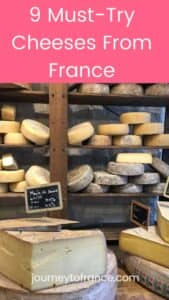
1. Banon
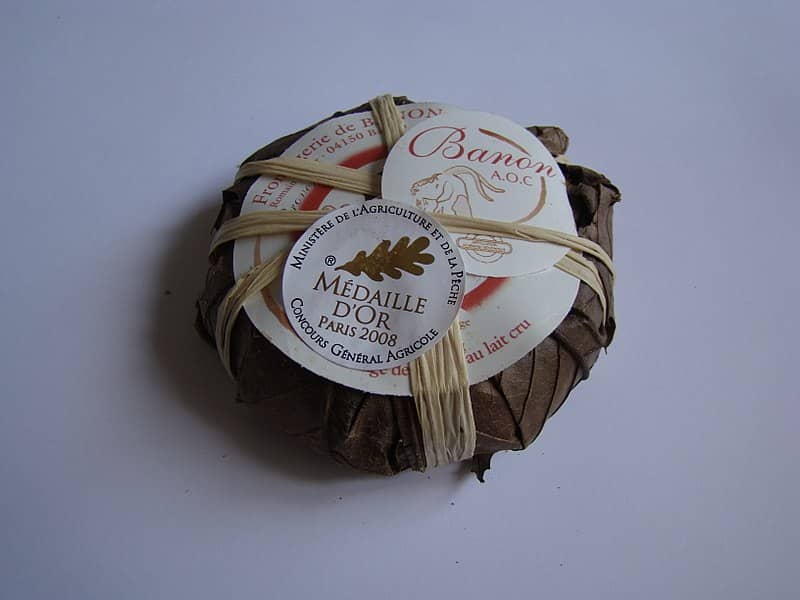
Type: soft cheese
Region: Provence Alpes Côte d’Azur
Best with: white or red Côtes-de-provence or Coteaux-Varois-en-Provence
Recommended Brand: Fromagerie Royannais-Teche
Banon cheese is named after a small town near the Albion Plateau. Legend has it that the Roman emperor Antoine the Pious died of gluttony, demonstrating its seniority.
The shepherds decided to wrap the cheese in chestnut leaves and secure it with a raffia blade to keep it fresh. “We hold several attended fairs in Banon,” says the abbot Feraud in 1849.
The cheese that is sold there is of great value. Due to the weather limits given by the region, they use the soft curd technique to produce a mild and rounded batter (little or no whey added).
2. Brie de Meaux et Brie de Melun
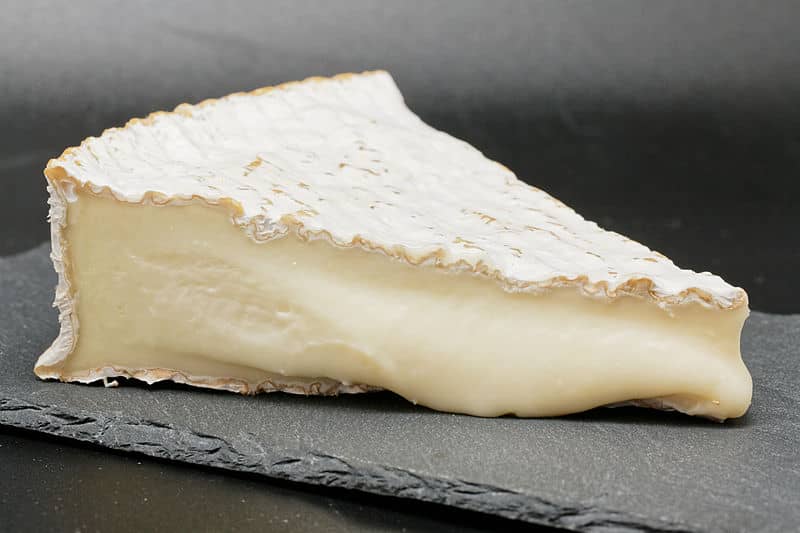
Type: Soft cheese
Région: Ile de France
Best With: Champagne
Recommended Brand: Eiffel Tower, Fromager D’Affinois, La Bonne Vie
These soft, uncooked bloomy rind cheeses are created from raw (unpasteurized) cow’s milk. The two Bries are usually sold in 5-6 pound wheels, already cut into wedges.
Both cheeses have a soft, creamy feel, and when fully mature, they’ll be virtually oozing. When fully ripe, the paste (inside) is straw-colored or pale yellow, and the thin bloomy skin is white and velvety to the touch, turning scarlet as it ripens.
These two Bries have a very rich flavor, slightly sweet and nutty if produced in the traditional artisan way.
Brie de Meaux, which is made in the Île de France region near Paris, dates back to Charlemagne’s reign in the eighth century. When Talleyrand named it as the King of Cheeses at the Congress of Vienna in 1815, it had become truly famous.
Brie de Melun, which is made in the south of the Île de France region, has a little stronger flavor and is harder than Brie de Meaux.
3. Bleu d’Auvergne
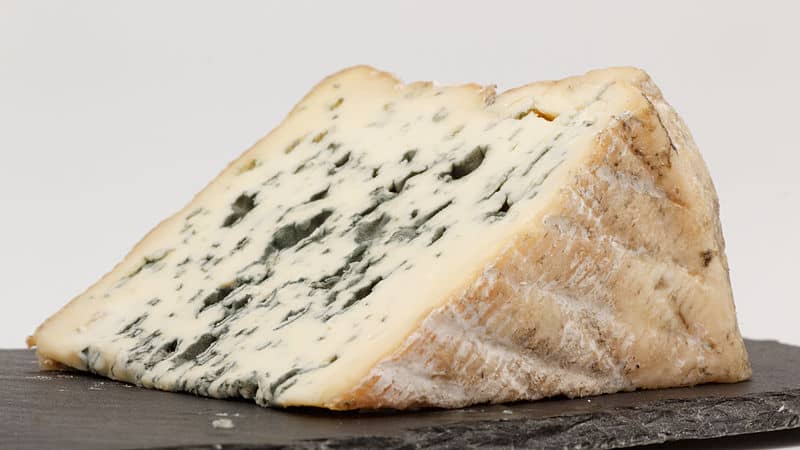
Type: blue cheese
Region: Auvergne/Rhônes-Alpes
Best With: Banyuls or Muscat-de-Rivesaltes
Recommended Brand: Auvergne, Murray’s
Unlike the Roquefort (also a blue cheese), which is manufactured from ewe milk, the Bleu d’Auvergne is a cow milk blue-veined cheese.
The Bleu d’Auvergne was created in the nineteenth century by Antoine Roussel, a local farmer who wanted to produce the cheese “bluestain,” which he claimed had a “unique, agreeable, and scented” flavor.
The Bleu d’Auvergne is born after a series of encounters involving rye bread, mold, and artificial holes, made by Georges Mathieu, the school director of Aurillac dairy sector, Antoine Roussel (1854)
4. Cantal
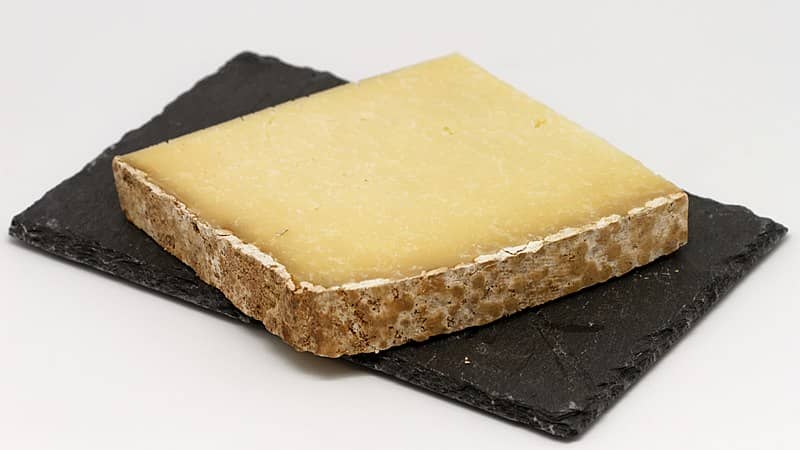
Type: Pressed cheese
Region: Auvergne/Rhônes-Alpes
Best With: red Beaujolais or Côtes d’Auvergne
Recommended Brand: Antony Eleveur de Fromages, La Grange de la Haute Vallée
Cantal is a delicious uncooked pressed cheese from the Auvergne highlands that is sometimes compared to English farmhouse cheddar or chester.
The majority of this cheese is produced on farms, although it is also produced in considerable amounts by local dairies in the region.
Cantal is available in two types: “jeune” (young) and “entre deux” (maturity between two). The strength and flavor of this cheese improve with age, and it is generally stronger than cheddar cheese.
Salers and Laguiole are two tiny locations inside or adjacent to the Cantal department that produce distinct appellations.
These cheeses, which are manufactured from the milk of high-altitude grazing cows, are often more expensive and matured longer than typical Cantal.
5. Camembert de Normandie
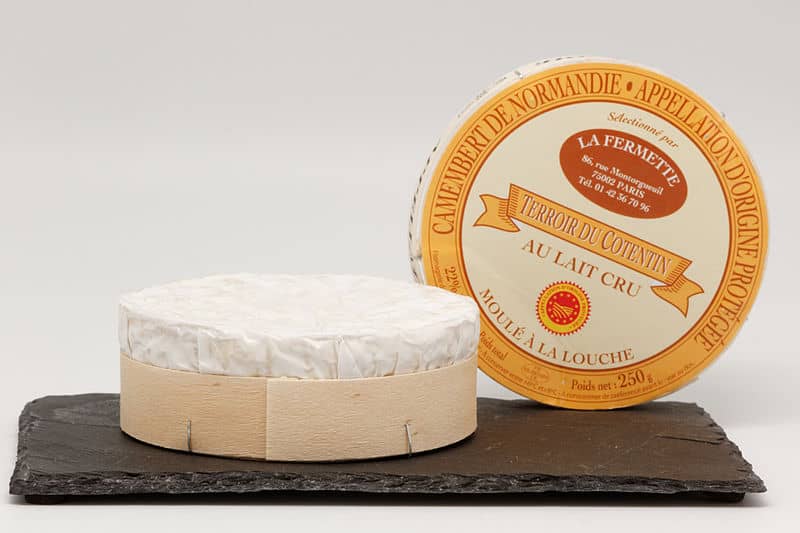
Type: Soft cheese
Region: Normandy
Best With: Anjou-Gamay, Champagne or Touraine; black tea
Recommended Brand: AOP Laitières de Normandie, Androuet
Legend has it that cheesemakers Jacques and Marie Harel’s property in Camembert village (Orne) is where this soft, bloomy rind cheese was born.
The abbot Charles-Jean, Benedictine and prior of Rouxville, and his wife had been hiding since October 1790 to avoid repression during the French Revolution.
The Normandy Camembert was born one year later, much to our delight. It is made from milk from Normandy cows that are grown outside all day and night.
6. Epoisses
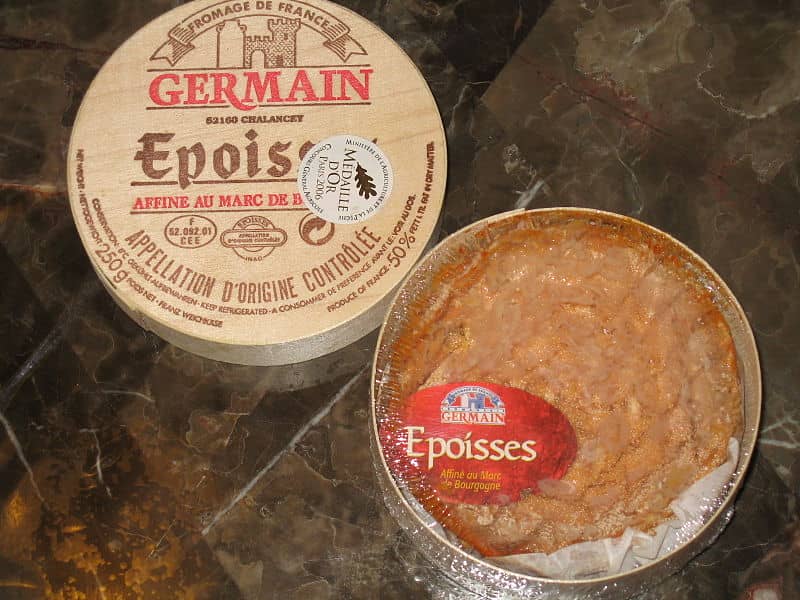
Type: Soft cheese
Region: Bourgogne – Franche-Comté
Best With: grey Pinot
Recommended Brand: Fromagerie Lincet, Jacques Hennart
In the sixteenth century, a Cistercian monastic community based in Epoisses village created Burgundy‘s most famous cheese. They left the famous cheese recipe to the valley’s peasants before departing the region.
The Epoisses grew in popularity, and it is served at the court of Louis XIV, as well as at Napoleon’s table, as the Former Regime draws to a close. The Epoisses is a soft, rind-washed cheese that has been partially washed with Marc de Bourgogne.
At the turn of the nineteenth century, magistrate Brillat-Savarin proclaimed it “king of cheeses.” It was only in the 1950s that it was able to regain its appeal after the First World War.
7. French Edam/Mimolette
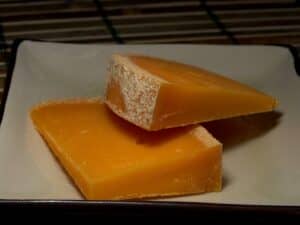
Type: Pressed cheese
Region: Hauts-de-France
Best With: red/white Anjou, red Beaujolais or red Medoc
Recommended Brand: Fromagerie Sainte Godeleine, À la Ferme Audomaroise
Yes, the French, like their Belgian counterparts, manufacture Edam! The Edam was sold to Germany, France, and the United Kingdom in the seventeenth century. The rind’s red color comes from the Bordeaux barrels in which they were transported.
The first French Edam was manufactured in 1660 in Queyrac, Medoc, and it is thought to have influenced northern French cheese makers to create the first mimolettes.
The Edam, also known as the “Moorish head,” the fatty Holland, the red ball, or the gold ball, is aged differently: a stew quarter edam takes 3 to 6 weeks to age, a half stew edam takes 3 to 4 months to mature, and a stew edam takes 9 to 1 year to mature.
8. Maroilles
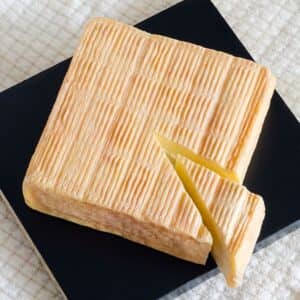
Type: Soft cheese
Region: Hauts-de-France
Best With: Affligem beer
Recommended Brand: Maroilles AOC Picardie, Murray’s
The Maroilles, a soft rind-washed cheese, is one of France’s oldest cheeses. It had its first appearance in the ruling “l’Ecrit des paturages” in the seventh century.
According to legend, a monk from the Landrecies monastery invented the Maroilles in the year 960. It was known as “craquegnon” in the Middle Ages and was used to pay tithes (1010 charter).
The cheese quickly gained a reputation throughout the region, and various French kings, including Philip II, Louis IX, Charles VI, and Francis I, were known to like it.
9. Roquefort
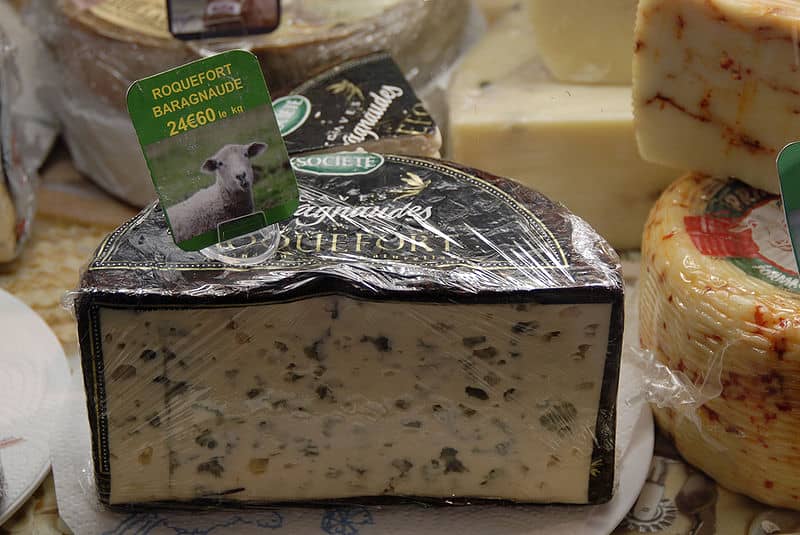
Type: Blue cheese
Region: Occitanie
Best With: Banyuls, Gewurztraminer or Sauternes
Recommended Brand: Roquefort Société, Roquefort Papillon, Fromageries Occitannes, Gabriel Coullet
We can thank Charles VI for awarding the residents of Roquefort the monopoly on maturing this cheese in their caves in 1411, something they had been doing for ages.
Roquefort cheese received the first ever AOC in France in 1925, five centuries later.
With so many fakes on the market, the only authentic Roquefort cheese was ruled to be ripened in the natural caves of Mont Combalou in the commune of Roquefort-sur-Soulzon.
Along with Stilton and Gorgonzola, Roquefort is regarded as one of the three best blue cheeses in the world.
The blue cheese should have a strong, clear flavor that melts in your mouth and leaves a pleasant aftertaste of mold and salt. It’s preferable to eat it at the conclusion of a meal because it’s a rich cheese.

Hi, I’m Christine – a full-time traveler and career woman. Although I’m from the Philippines, my location independent career took me to over 40 countries and lived in 4 continents in the last 10 years, including France. A self-proclaimed Francophile, I love everything France.
